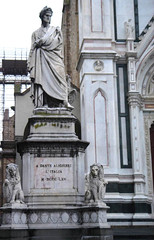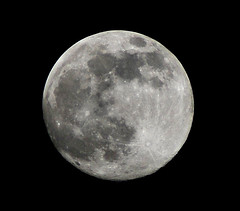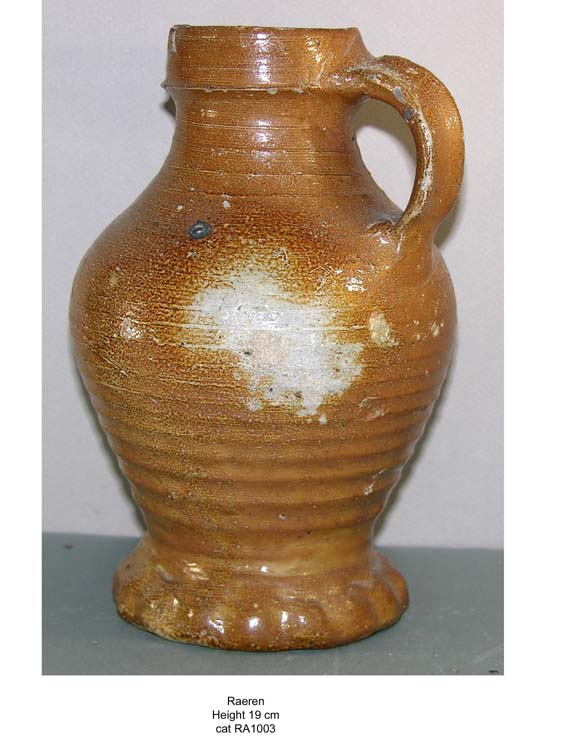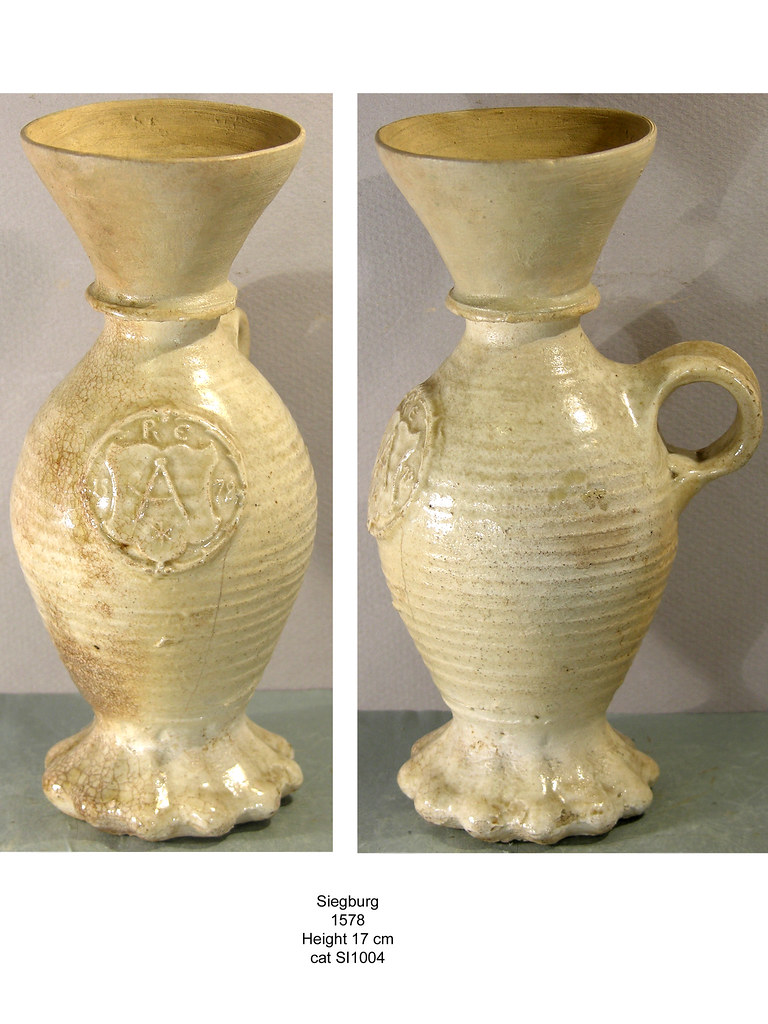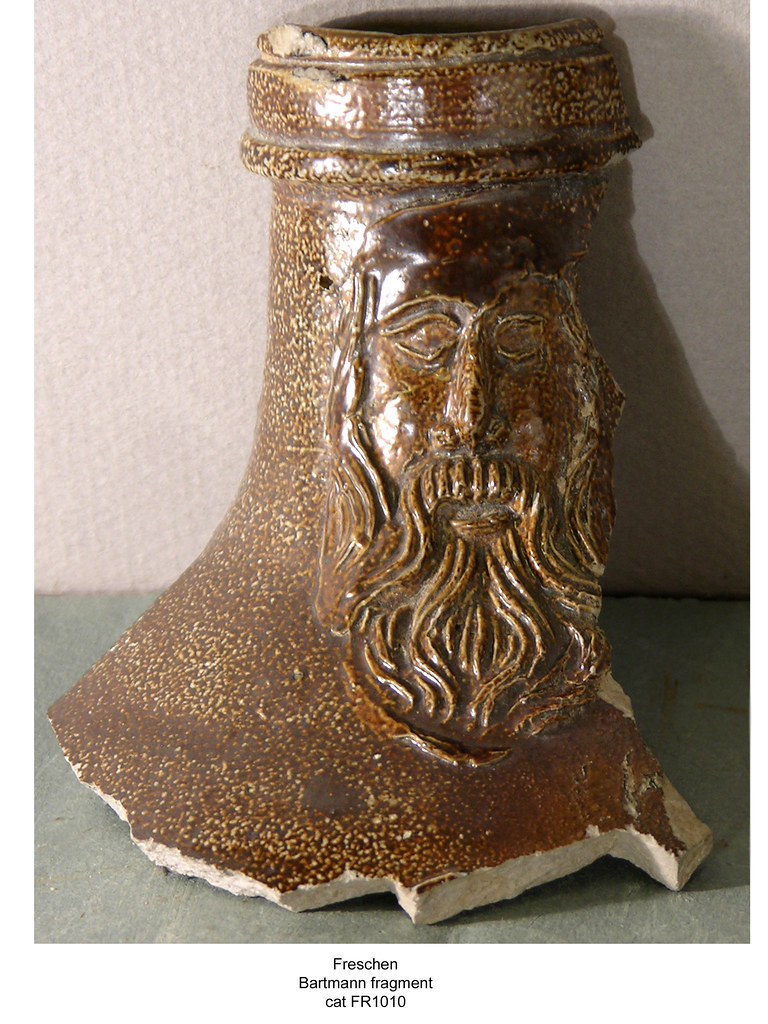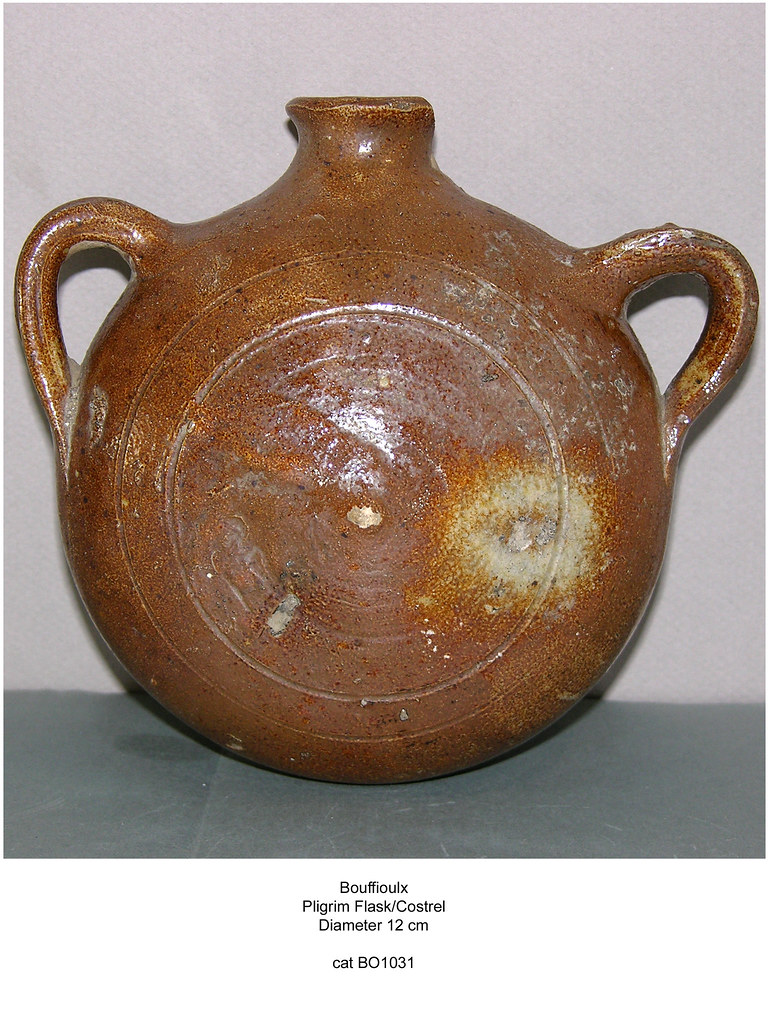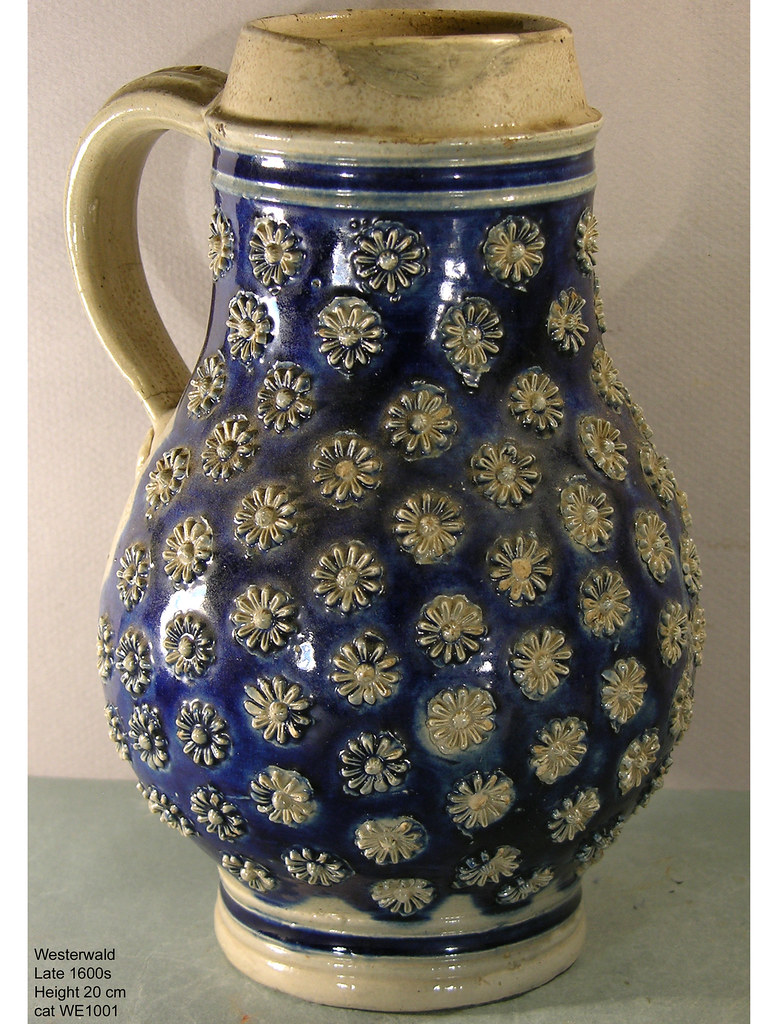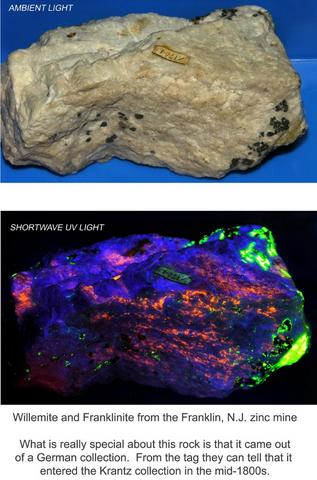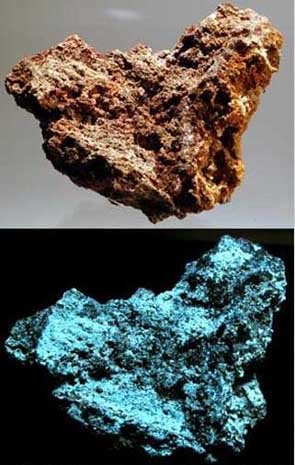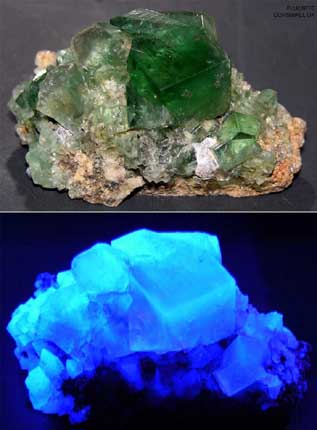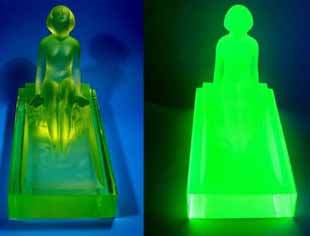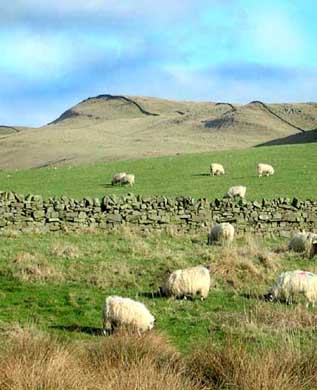Volcanic Glass
-
Obsidian is black glass from volcanic origin that is found in many places. It is the most commonly found natural volcanic glass. The black color comes chiefly from magnetite, Fe304.
Obsidian is black glass from volcanic origin that is found in many places. It is the most commonly found natural volcanic glass. The black color comes chiefly from magnetite, Fe304.
-
It has the unique property that when sharpened it can be sharpened down almost to one molecule thick. This makes it sharper than a razor or the very best surgeon’s knife, and in fact some doctors have actually used obsidian scalpels. Especially when they are having surgery done on themselves.
Researching obsidian a little I see that Wikipedia says that obsidian scalpels are five times sharper than the finest steel scalpels and are in current use in cardiac surgery.
-
Obsidian has been used by man since the stone age, probably as early as 75,000 B.C. as a cutting tool and in making arrow heads.
-
-
--
In Russia (Ukraine) there is a location where magma came to the surface and bubbled out over a quartz sand bed. The main ingredient in glass is silicon dioxide, and in this case the sand melte
 d and was transformed into naturally occurring transparent glass. The glass closer to the surface has more bubbles in it. My guess is that it was probably quenched rapidly, maybe by water.
d and was transformed into naturally occurring transparent glass. The glass closer to the surface has more bubbles in it. My guess is that it was probably quenched rapidly, maybe by water.The man I got it from told me that that this glass also has traces of lead in it, which makes it a slightly blue in color. But after getting it home, looking at it under shortwave UV lighting, and doing some research I think he may be wrong. It seems more likely to me that trace amounts of iron are what has caused this blue-green coloration.
-
I was really lucky to buy a piece of this natural glass today from a geologist who had a stand at a small flea market in the Belgian contryside. I paid him EUR 0,60 for this piece of glass, which is less than $1- US.
-
I was really lucky to buy a piece of this natural glass today from a geologist who had a stand at a small flea market in the Belgian contryside. I paid him EUR 0,60 for this piece of glass, which is less than $1- US.
I guess I should have put a ruler next to it to give the picture some scale. Click on the picture and it will enlarge enough to be much more interesting. This piece of natural transparent glass is about 100 mm wide. He had some pieces (which were more expensive) which were maybe 30 cm across and weighed many kilos.

